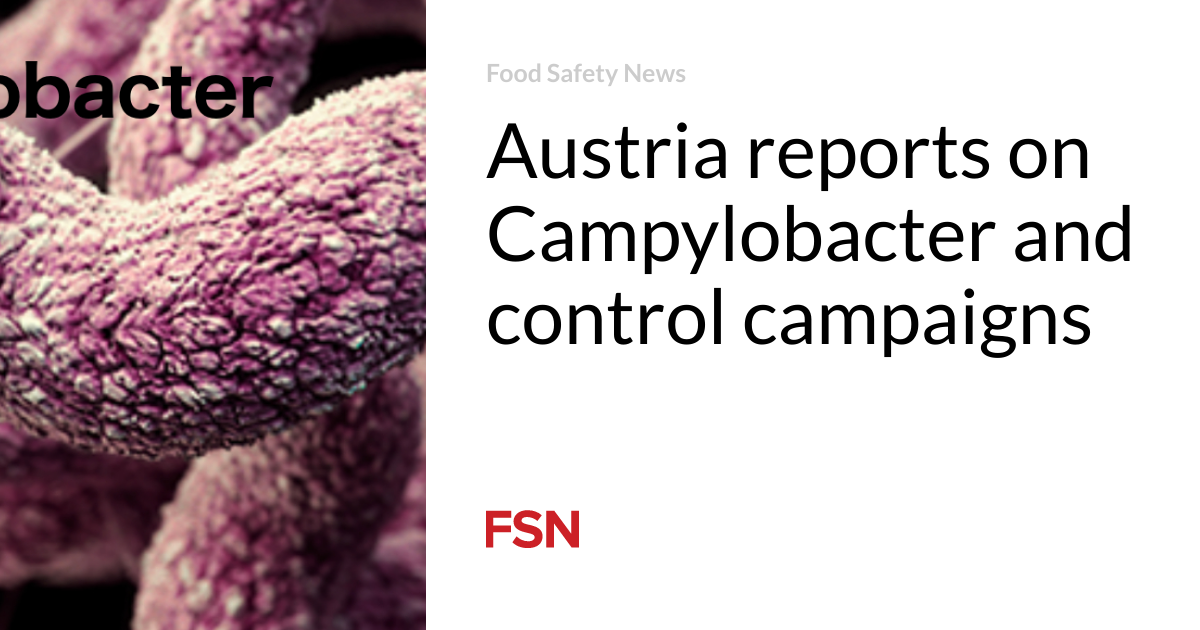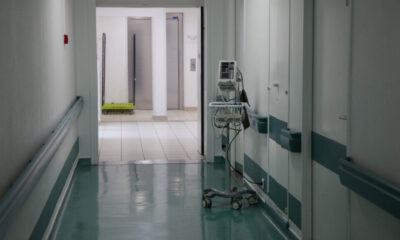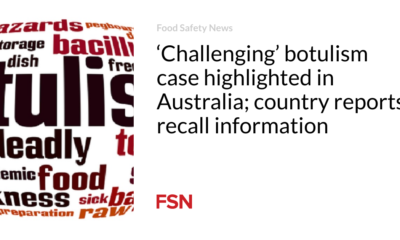Food
Austria reports on Campylobacter and control campaigns

According to recently released statistics, the number of Campylobacter cases reported in Austria in 2023 remained stable compared to the previous year.
In 2023, 6,271 cases of campylobacteriosis were reported. This compares with the 6,295 cases in 2022. After a significant decline in 2020, the number of infections increased but remained below pre-COVID-19 pandemic levels.
Nearly a quarter of the sick were hospitalized in 2023 and eight deaths were recorded.
In all states except Salzburg, Tyrol and Vienna, there was a decrease in incidence compared to the previous year.
Campylobacter highlights
An increased incidence of infections was recorded in the summer months, with most cases occurring in June through September. There was also a short-term increase at the beginning of this year.
Diseases occurred across all age groups, with children under 5 years of age and young adults aged 15 to 24 years being the most affected groups. Men were affected more than women.
Of the 2,108 Campylobacter isolates, 1,857 were Campylobacter jejuni, 238 were Campylobacter coli, and 13 were other types of Campylobacter.
Of the infections in 2023, almost 10 percent were contracted abroad. The percentage of Campylobacter coli infections acquired abroad was higher than that of Campylobacter jejuni cases. Travel-related infections came from 71 countries, including Italy, Croatia, Turkey, Indonesia and Spain.
According to the Antimicrobial Resistance Surveillance System, resistance rates were extremely high and very high for fluoroquinolones at 84 percent for Campylobacter jejuni and 89.6 percent for Campylobacter coli, respectively, and tetracyclines at 52.6 percent for Campylobacter jejuni and 40.6 percent for Campylobacter coli. .
Targeted campaign results
Meanwhile, a recent monitoring campaign included random checks to ensure compliance with good hygiene practices in the commercial kitchens of nursing and retirement homes, as well as in hospitals to protect particularly sensitive groups in community facilities.
More than 200 samples were examined for spoilage and indicator bacteria, but only one of them did not meet the requirements because the values for Enterobacteriaceae and mesophilic aerobic bacteria were above the target and warning amounts. Slightly elevated levels of mesophilic aerobic bacteria, Enterobacteriaceae and Bacillus cereus were found in four samples.
Another effort collected data on the prevalence of Salmonella, Campylobacter and Shiga toxin-producing E. coli (STEC) in raw pork. Of the 97 samples from across the country, Campylobacter coli was found in one sample and STEC in the other.
The prevalence of Campylobacter coli in fattening pigs almost doubled between 2008 and 2021. Contamination of raw pork with STEC is increasingly reported in Germany and Salmonella in pig production has been a problem throughout the EU for years.
The two positive samples were unpacked and refrigerated with instructions including heating before consumption. The positive E. coli virus was STEC O139:H1, which is classified as having low human pathogenicity.
A separate campaign examined pathogens and hygiene in sliced sausages, pâtés and cheeses at retail.
Slicing meat products and cheese is a processing step that entails a high microbiological risk. To control this, cutting machines are treated with disinfectants that may contain quaternary ammonium compounds (QACs). These substances can be removed by thorough cleaning with warm water.
Of the 89 samples, two contained the non-pathogenic Listeria welshimeri. The results showed, as in previous campaigns, that cleaning agent residues were present in samples. Quaternary ammonium compounds above the quantitation limit were detected in 23 samples.
(To sign up for a free subscription to Food Safety News, click here.)













